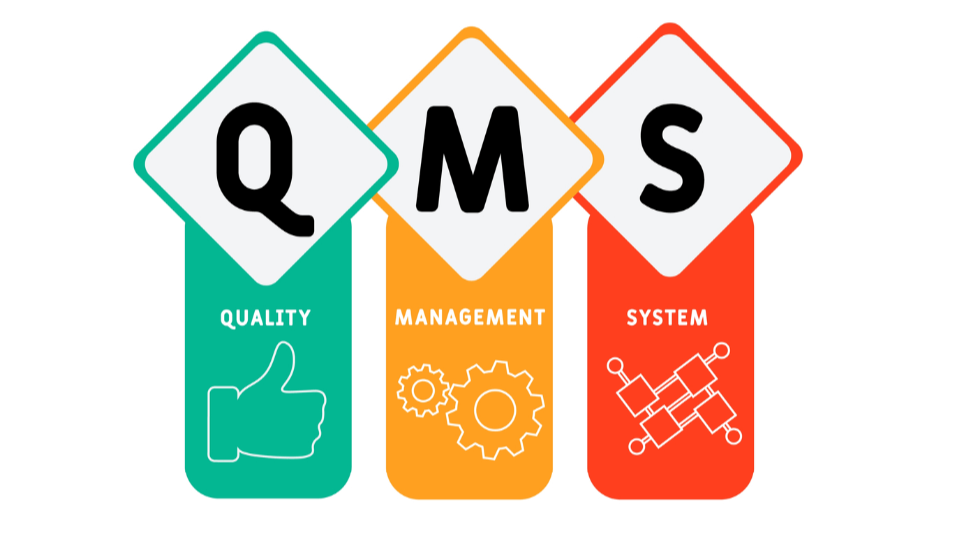Learn how to get ISO 9001 Certification with this step-by-step guide. Discover how a Quality Management System (QMS) can transform your business success.
Introduction: Why ISO 9001 Matters More Than Ever
Picture this: You’ve just landed a big client, but they ask a question that makes you pause—“Are you ISO 9001 certified?”
For many businesses, that question is a turning point. ISO 9001 certification isn’t just a fancy badge to put on your website; it’s a globally recognized stamp of quality and trust.
Whether you’re a startup trying to gain credibility or an established company aiming to scale, ISO 9001 can be a game-changer. But the path to certification can feel like navigating a maze—lots of steps, documents, and jargon. Don’t worry—I’ll walk you through it in plain English.
Step 1: Understand What ISO 9001 Certification Is
Before diving in, let’s clear the fog. ISO 9001 is the international standard for Quality Management Systems (QMS). Think of it as a blueprint for how your business should operate to consistently meet customer expectations and improve over time.
Certification means an accredited body has verified that your processes align with these standards. In other words, you’re not just saying you deliver quality—you’re proving it.
Step 2: Get Leadership on Board
ISO 9001 isn’t something you can achieve in a silo. It requires buy-in from the top. If leadership doesn’t see the value, employees won’t either.
Here’s the good news: convincing leadership is easier when you connect ISO 9001 to business growth. Explain that a strong QMS reduces errors, saves money, and builds customer loyalty. That’s music to any executive’s ears.
Step 3: Do a Gap Analysis
Think of this as an honest self-audit. Where does your business already meet ISO 9001 requirements, and where are the gaps?
For example, maybe your team follows quality checks but doesn’t document them consistently. Or perhaps your customer feedback process is informal. Identifying these gaps upfront will save you from headaches later.
Step 4: Build or Update Your QMS
This is where the heavy lifting happens. A Comprehensive Guide to Quality Management Systems isn’t just a set of policies—it’s the framework your business lives by.
Key elements usually include:
- Documented processes and procedures
- Roles and responsibilities for quality
- Risk management and corrective actions
- Ongoing performance measurement
Pro tip: Don’t overcomplicate it. A QMS should work for you, not the other way around. If your business is small, start simple and scale.
Step 5: Train Your Team
Even the best QMS won’t work if your employees don’t understand it. Training is where theory becomes practice.
Use relatable examples in training sessions. For instance, show how documenting a process avoids rework or how consistent reporting helps catch issues early. When employees see the impact on their daily work, they’re more likely to embrace the system.
Step 6: Conduct an Internal Audit
Think of the internal audit as a rehearsal before the big performance. An internal team—or an external consultant—reviews your QMS to make sure it’s running smoothly and aligns with ISO 9001 standards.
It’s better to find weak spots now than during the actual certification audit. Treat mistakes as opportunities to improve, not failures.
Step 7: The Certification Audit
Finally, the big day. An accredited certification body will conduct a two-stage audit:
- Stage 1: Review of your documentation.
- Stage 2: On-site audit to see your QMS in action.
If you meet the requirements, congratulations—you’ve officially earned ISO 9001 certification! From there, you’ll have periodic surveillance audits to ensure you’re staying compliant.
Step 8: Maintain and Improve
Certification isn’t a “set it and forget it” achievement. ISO 9001 is about continuous improvement. Keep monitoring your processes, collecting feedback, and making adjustments.
Businesses that treat certification as an ongoing journey, rather than a one-time project, see the real long-term benefits—like improved efficiency, stronger client relationships, and greater resilience.
Conclusion: Your Next Steps
Getting ISO 9001 certification may seem daunting, but when broken down into steps, it’s completely achievable. Start small: educate yourself, assess your current practices, and build momentum with leadership and employees.
Remember, ISO 9001 isn’t just about compliance—it’s about creating a culture of quality that pays dividends in customer trust, efficiency, and growth.
So if you’ve been putting it off, maybe now’s the time to take the first step. Your future clients (and your bottom line) will thank you.
